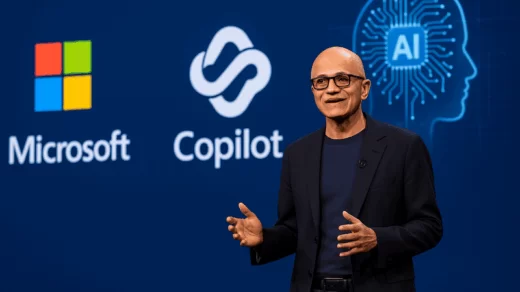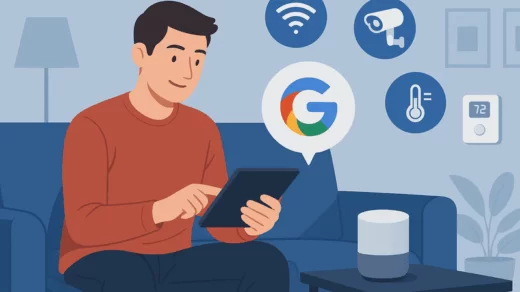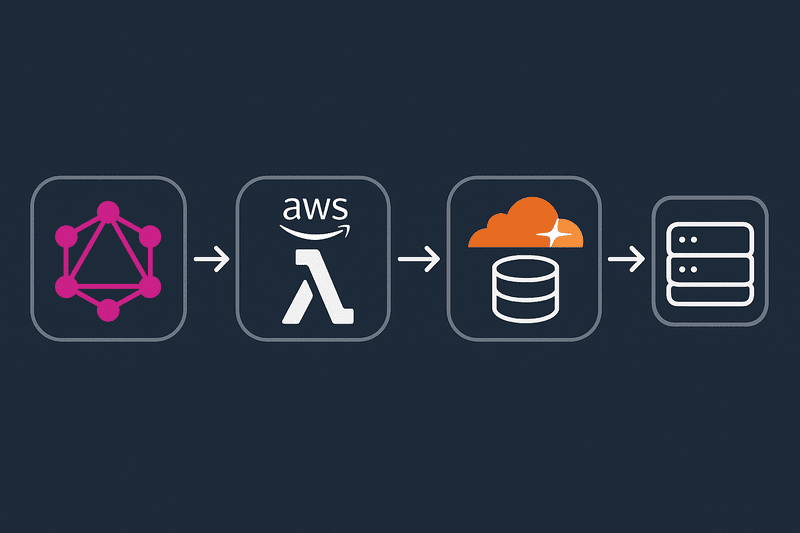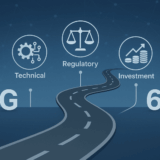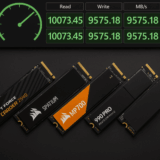5G to 6G Roadmap: Technical, Regulatory, and Investment Outlook
As the global deployment of 5G continues to reshape industries with ultra-fast connectivity and low-latency performance, conversations around 6G—the sixth generation of wireless communication—are already gaining serious traction. With anticipated commercial rollouts expected by the early 2030s, 6G is not just an evolutionary step but a transformational leap that promises to redefine the role of wireless networks in society.
In this article, we delve into the key technical advancements, regulatory developments, and investment strategies that are shaping the roadmap from 5G to 6G.
1. From 5G to 6G: A Paradigm Shift
While 5G focused on enhanced mobile broadband, ultra-reliable low-latency communication (URLLC), and massive machine-type communications (mMTC), 6G will aim to create a truly ubiquitous, intelligent, and immersive network.
1.1 Key Differences Between 5G and 6G
| Aspect | 5G | 6G |
|---|---|---|
| Peak Data Rate | ~20 Gbps | ~1 Tbps |
| Latency | ~1 ms | < 0.1 ms |
| Reliability | High | Ultra-high (Six-9s) |
| Coverage | Urban-focused | Global including remote & aerial |
| Intelligence | Limited AI integration | Native AI/ML-driven network functions |
| Sensing Capabilities | Minimal | Integrated sensing & imaging |
6G will combine terrestrial and non-terrestrial networks (e.g., satellite, high-altitude platforms) with AI-native protocols to deliver seamless, zero-latency experiences that will power applications such as holographic communications, digital twins, tactile internet, and pervasive augmented reality.
2. Technical Building Blocks of 6G
2.1 Terahertz (THz) Spectrum
6G will operate in the sub-THz and THz frequency bands (100 GHz to 1 THz), enabling ultra-fast data transfer and ultra-high resolution for sensing and imaging.
- Challenges: THz waves are highly susceptible to atmospheric absorption and have limited range, requiring novel antenna designs, beamforming techniques, and repeater systems.
2.2 AI-Native Architecture
AI and ML will not be add-ons but core enablers of 6G.
- Applications: Network optimization, anomaly detection, user mobility prediction, spectrum allocation, and even physical layer waveform design.
- Federated Learning: Used to train AI models on distributed devices while preserving data privacy.
2.3 Integrated Sensing and Communication (ISAC)
6G networks will be capable of simultaneously transmitting data and sensing the environment.
- Use Cases: Autonomous vehicles, health monitoring, gesture recognition, smart infrastructure.
- Implication: Blurring lines between communication and radar systems.
2.4 Edge Intelligence
6G will push intelligence to the extreme edge (e.g., sensors, actuators), enabling real-time analytics and decision-making without reliance on central data centers.
- Technologies: TinyML, distributed ledgers (blockchain), nano-edge computing.
2.5 Network Virtualization & Reconfigurability
Networks will become increasingly software-defined and virtualized.
- Features: Programmable surfaces (RIS), network slicing 2.0, software-defined spectrum.
- Outcome: Dynamic allocation of resources in milliseconds to support mission-critical tasks.
3. Regulatory Landscape
3.1 Spectrum Policy
- Global Coordination: WRC-23 and upcoming WRC-27 will play key roles in harmonizing spectrum for 6G.
- Spectrum Bands: Regulatory bodies are assessing bands between 100 GHz and 300 GHz for possible 6G use, including considerations for backhaul and indoor vs. outdoor applications.
3.2 Privacy & Security
- Trust Frameworks: As 6G integrates sensing and AI, privacy-preserving protocols and ethical AI regulations will be essential.
- Security-by-Design: Mandates for quantum-safe cryptography, secure federated learning, and zero-trust architectures will be crucial.
3.3 National and Regional Strategies
- United States: The Next G Alliance (ATIS) is defining a 6G vision with a strong focus on industry-led innovation.
- Europe: The Hexa-X and Hexa-X-II projects under Horizon Europe are building the technical and architectural blueprint for 6G.
- China: Aggressive R\&D funding with early testbeds and public-private partnerships (e.g., MIIT-led initiatives).
- Japan & South Korea: Heavy investments from telecom giants and national R\&D programs aiming for early leadership.
4. Investment Outlook
4.1 R\&D and Innovation Funding
Governments and private enterprises are increasing 6G-related funding.
- Global Projections: According to ABI Research, 6G-related R\&D funding is projected to reach over \$10 billion by 2026.
- Key Players: Ericsson, Nokia, Samsung, Huawei, Qualcomm, Intel, and academic partners.
4.2 Startups & Ecosystem Growth
- Emerging Areas: THz components, edge AI chips, sensing hardware, quantum-resistant security.
- Example Startups: Arctos Labs (network intelligence), Sivers Semiconductors (THz radios), Ayar Labs (optical interconnects).
4.3 Infrastructure & Deployment Investment
Though commercial rollout is years away, early infrastructure experimentation is critical.
- 6G Testbeds: Already under development in the U.S., Europe, Japan, and China.
- Smart Cities & Industry 5.0: 6G will be foundational to the future of manufacturing, healthcare, and smart infrastructure.
5. Strategic Considerations for Stakeholders
5.1 Telecom Operators
- Prepare for Transition: Begin evaluating THz spectrum and AI-native orchestration tools.
- Partnerships: Engage in public-private alliances and early pilot deployments.
5.2 Governments & Regulators
- Spectrum Management: Launch task forces to study THz propagation and coexistence models.
- Global Collaboration: Participate actively in ITU-R and 3GPP working groups.
5.3 Enterprises & Developers
- Innovation Pipeline: Start exploring use cases like immersive telepresence and real-time industrial control.
- Talent Upskilling: Invest in AI, edge computing, and radio design training.
Conclusion
The journey from 5G to 6G is more than just a leap in speed and bandwidth. It signifies a shift toward a highly intelligent, integrated, and immersive digital ecosystem. By understanding the technical innovations, regulatory frameworks, and investment pathways, stakeholders can position themselves to lead in the 6G era.
As 6G continues to evolve, “Hitech Trends” will bring you deep-dive insights into the progress and disruptions shaping the networks of tomorrow.



